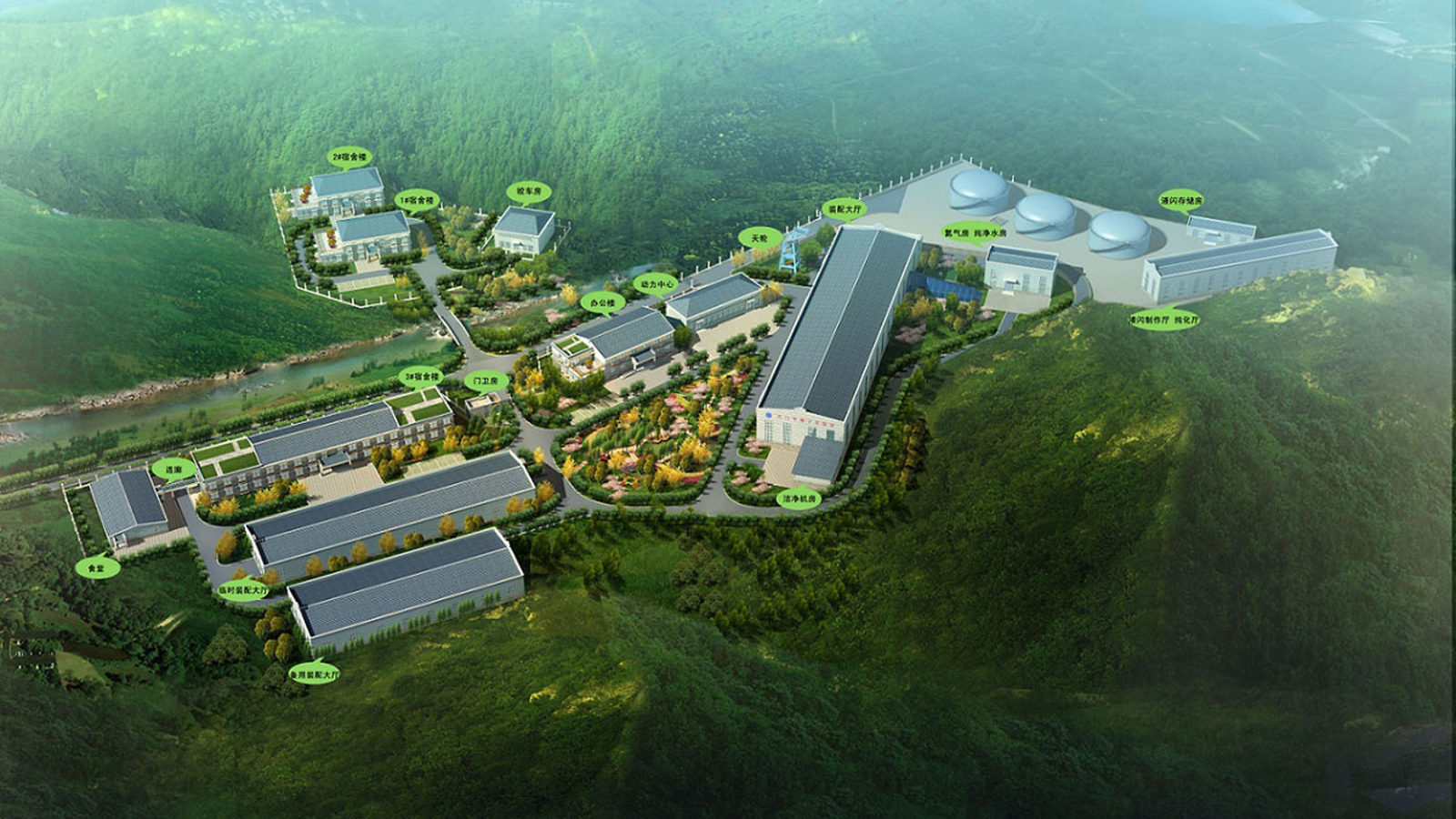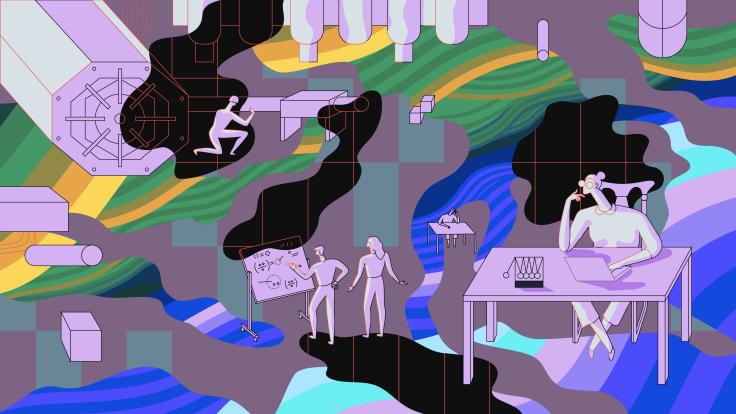Physicists have proposed building one of the largest-ever neutrino experiments in the city of Jiangamen, China, about 60 miles outside of Hong Kong. It could help answer a fundamental question about the nature of neutrinos.
The Jiangmen Underground Neutrino Observatory, or JUNO, gained official status in 2013 and established its collaboration this month. Scientists are currently awaiting approval to start constructing JUNO’s laboratory near the Yangjiang and Taishan nuclear power plants. If it is built, current projections anticipate it will start taking data in 2020.
The plan is to bury the laboratory in a mountain under roughly half of a mile of rock and earth, a shield from distracting cosmic rays. From this subterranean seat, JUNO’s primary scientific goal would be to resolve the question of neutrino mass. There are three known neutrino types, or flavors: electron, muon and tau. Scientists know the difference between the masses of each neutrino, but not their specific values—so they don’t yet know which neutrino is heaviest or lightest.
“This is very important for our understanding of the neutrino picture,” says Yifang Wang, spokesperson for JUNO and director of the Institute of High Energy Physics of the Chinese Academy of Sciences. “For almost every neutrino model, you need to know which neutrino is heavier and which one is lighter. It has an impact on almost every other question about neutrinos.”
To reach this goal, JUNO needs to acquire a hoard of data, which requires two key elements: a large detector and a high influx of neutrinos.
The proposed detector design is called a liquid-scintillator—the same basic set-up used to detect neutrinos for the first time in 1956. The detector consists primarily of an acrylic sphere 34.5 meters (or nearly 115 feet) in diameter, filled with fluid engineered specifically for detecting neutrinos. When a neutrino interacts with the fluid, a chain reaction creates two tiny flashes of light. An additional sphere, made of photomultiplier tubes, would surround the ceramic sphere and capture these light signals.
The more fluid the detector has, the more neutrino interactions the experiment can expect to see. Current liquid scintillator experiments include the Borexino experiment at the Gran Sasso Laboratory in Italy, which contains 300 tons of target liquid, and KamLand in Japan, which contains a 1000-ton target. If plans go ahead, JUNO will be the largest liquid scintillator detector ever built, containing 20,000 tons of target liquid.
To discover the mass order of the three neutrino flavors, JUNO will look specifically at electron antineutrinos produced by the two nearby nuclear power plants.
“Only in Asia are there relatively new reactor power plants that can have four to six reactor cores in the same place,” Wang says. With the potential to run four to six cores each, the Chinese reactors would send a dense shower of neutrinos toward JUNO’s detector. Over time, a picture of the antineutrino energies would emerge. The order of the neutrino masses influences what that energy spectrum looks like.
Experiment representatives say JUNO could reach this goal by 2026.
It’s possible that the NOvA experiment in the United States or the T2K experiment in Japan, both of which are currently taking data, could make a measurement of the neutrino mass hierarchy before JUNO. At least four proposed experiments could also reach the same goal. But only JUNO would make the measurement via this particular approach.
The JUNO experiment would also tackle various other questions about the nature of neutrinos and refine some previously made measurements. If a supernova went off in our galaxy, JUNO would be able to observe the neutrinos it released. JUNO would also be the largest and most sensitive detector for geoneutrinos, which are produced by the decay of radioactive elements in the earth.
Six nations have officially joined China in the collaboration: the Czech Republic, France, Finland, Germany, Italy and Russia. US scientists are actively participating in JUNO, but the United States is not currently an official member of the collaboration.







